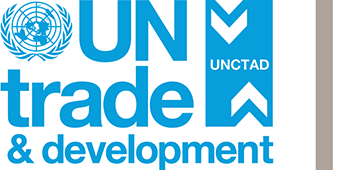Climate change has deepened the vulnerability of multiple groups of the population, particularly the poor. The development challenge for low-income countries would be to reduce vulnerabilities – some of which are climate-related. In many instances, the pre-existing vulnerabilities have been aggravated by climate variation.
In this paper, we use a new version of the database from the Global Policy Model (GPM) of the United Nations. It combines longitudinal data of conventional macroeconomic variables with various climate variables. It thus permits us to examine macro-dynamics of income, employment, and distribution within the climate change framework. This paper focuses on a group of thirty countries (G-30 countries) and uses a transition analysis method over 40 years (1978-2018). It attempts to understand the trajectory of different countries based on their geographical location, level of economic development, demographic and climate characteristics.
Adaptation strategies should avoid re-enforcing pre-existing unequal social and economic hierarchies, especially in the context of race and gender. Unless marginalised populations are made partners in the adaptation strategies and made locally relevant, there is a risk of adverse outcomes. A positive intervention by the governments as proposed in the SDGs would help in addressing the racial and gender inequalities that have been historical institutionalised.
Ensuring domestic social safety nets, guaranteeing employment and building green infrastructure would help them transform structurally to sustainable paths. Unfortunately, development expenditures are the first items that get reduced in fiscal restructuring. New investments must be planned in a manner that ensures a non-declining intertemporal trajectory of comprehensive wealth. International cooperation is critical not only for development and economic reasons but also for ecosystem and biodiversity conservation.
Keywords: Spatial development challenges, Green structural transformation, climate change, adaptation.
